Medicine’s Quantum Moment
In physics, Werner Heisenberg’s Uncertainty Principle teaches us that we cannot know both the position and momentum of a particle with complete precision. The more we try to measure one, the more we disturb the other.
Medicine shares a similar truth:
The act of examining a patient changes what is being examined.
A clinical encounter is not static. It is alive, responsive, shaped by both the observer and the observed.
The Observer Affects the Observed
Consider this:
-
A patient tells one version of their story to a hurried doctor, another to a compassionate one.
-
The presence of white coats, screens, or AI assistants may alter what a patient says—or withholds.
-
Even the phrasing of a question shapes the answer.
Our methods are never neutral. The more structured our approach, the more reality reshapes to fit it.

Diagnosis as a Moving Target
We like to imagine diagnosis as uncovering something fixed inside the patient. But Heisenberg reminds us:
-
Observation is not neutral.
-
Interpretation is not passive.
-
Measurement is not independent of meaning.
Think of chronic fatigue, medically unexplained symptoms, or complex psychosomatic cases. The harder we look, the more elusive the truth becomes.

The Exam Room as a Quantum Space
| If You Focus On… | You May Miss… |
|---|---|
| Biomedical data | Emotional subtext |
| Algorithmic guidance | Narrative nuance |
| Disease | The person |
| Efficiency | Empathy |
Like in quantum physics, focus brings clarity in one domain but obscures another.
The lesson is not to avoid focus—but to rotate our lens frequently, like a diagnostician holding a gem to the light.
Why AI Struggles with Diagnosis
Artificial intelligence, for all its computational power, cannot fully navigate this quantum space. Like a rigid observer in Heisenberg’s universe, AI’s attempt to measure distorts the very reality it seeks to capture.
-
Fixed Frames, Fluid Realities: AI relies on structured data, but the clinical narrative is fluid, shaped by trust, emotion, and context. A patient’s hesitation or unspoken fear may be decisive—yet invisible to algorithms.
-
Bias in Observation: AI reflects the biases of its training data, often missing atypical or underrepresented patient experiences.
-
Aversion to Ambiguity: AI seeks closure. True diagnosis often requires lingering in uncertainty—iteratively testing, listening, reframing—a process algorithms cannot replicate.
-
Absence of Presence: The clinical encounter thrives on dialogue and empathy, where a healer’s presence draws out hidden truths. AI, devoid of resonance, cannot co-create meaning.


And so, even in an age of algorithms, it is the healer’s embrace of uncertainty that keeps medicine alive and human.
Embracing Uncertainty as a Method
Heisenberg did not see uncertainty as failure, but as fundamental.
In clinical medicine, uncertainty is not weakness. It is:
-
An invitation to listen more carefully
-
A reminder to ask again
-
A space where new insights emerge
To be a Thinking Healer is to sit with ambiguity—without rushing to closure.
Uncertainty vs. Indecision
-
Uncertainty is the nature of reality.
-
Indecision is our reaction to it.
The goal is not to eliminate uncertainty but to tolerate it—and navigate it with humility and grace.
This requires:
-
Emotional maturity
-
Diagnostic skepticism
-
Intellectual flexibility
Takeaway: The Patient Is Not a Particle
Heisenberg reminds us: the act of seeing alters what is seen.
In medicine, this means every diagnosis is co-authored. Every symptom is refracted through language, expectation, fear, and hope.
The Thinking Healer seeks not control, but understanding.
Not certainty, but clarity.
Not perfection, but presence.
 Series Note:
Series Note:
This is Blog Series 4 in the Thinking Healer collection. Previous essays explored uncertainty, humanism, and the hidden layers of clinical reasoning. This piece extends that journey, bringing quantum thought into the heart of the clinical encounter.
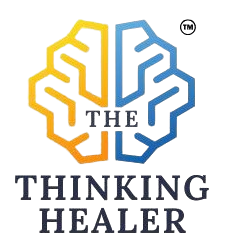
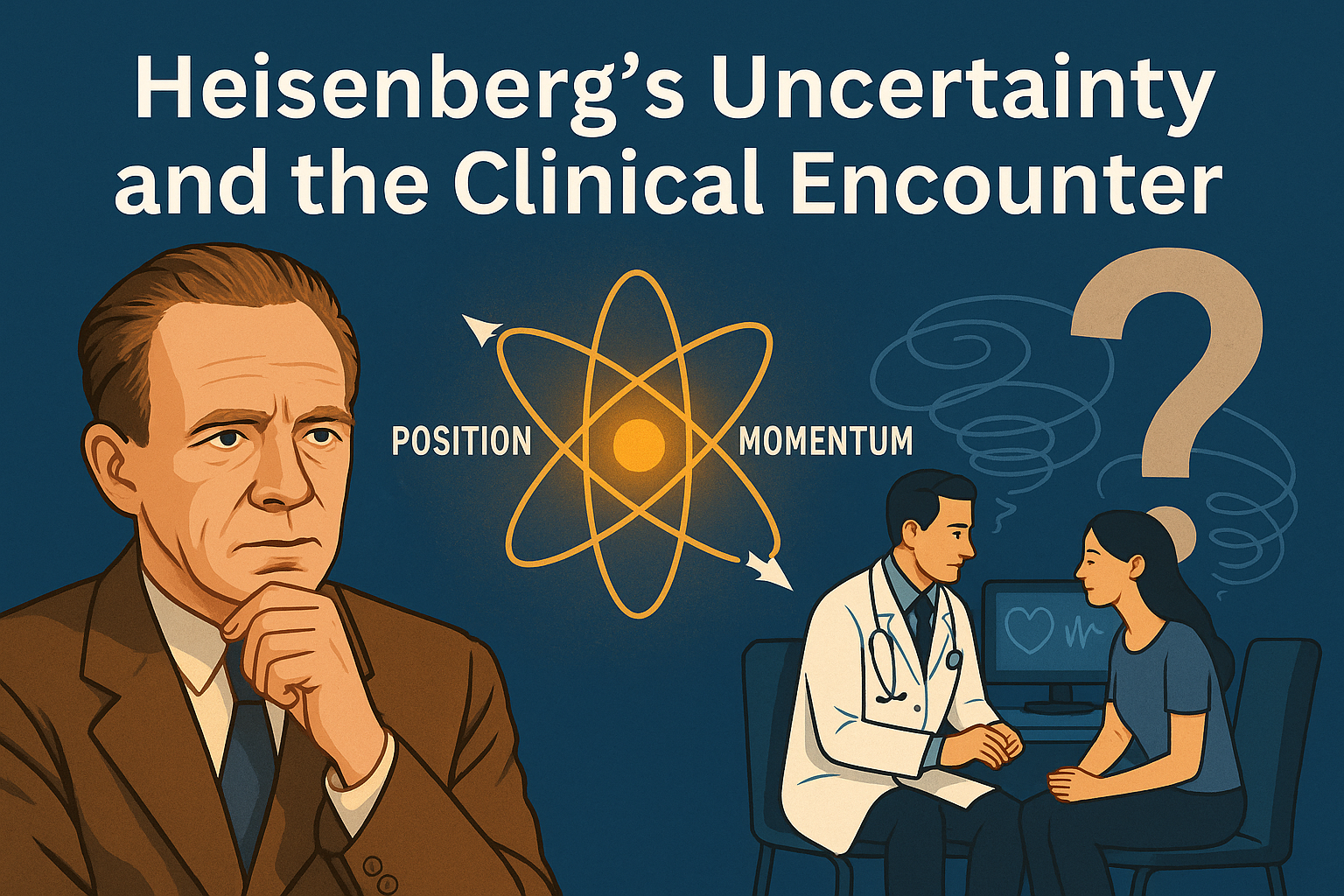
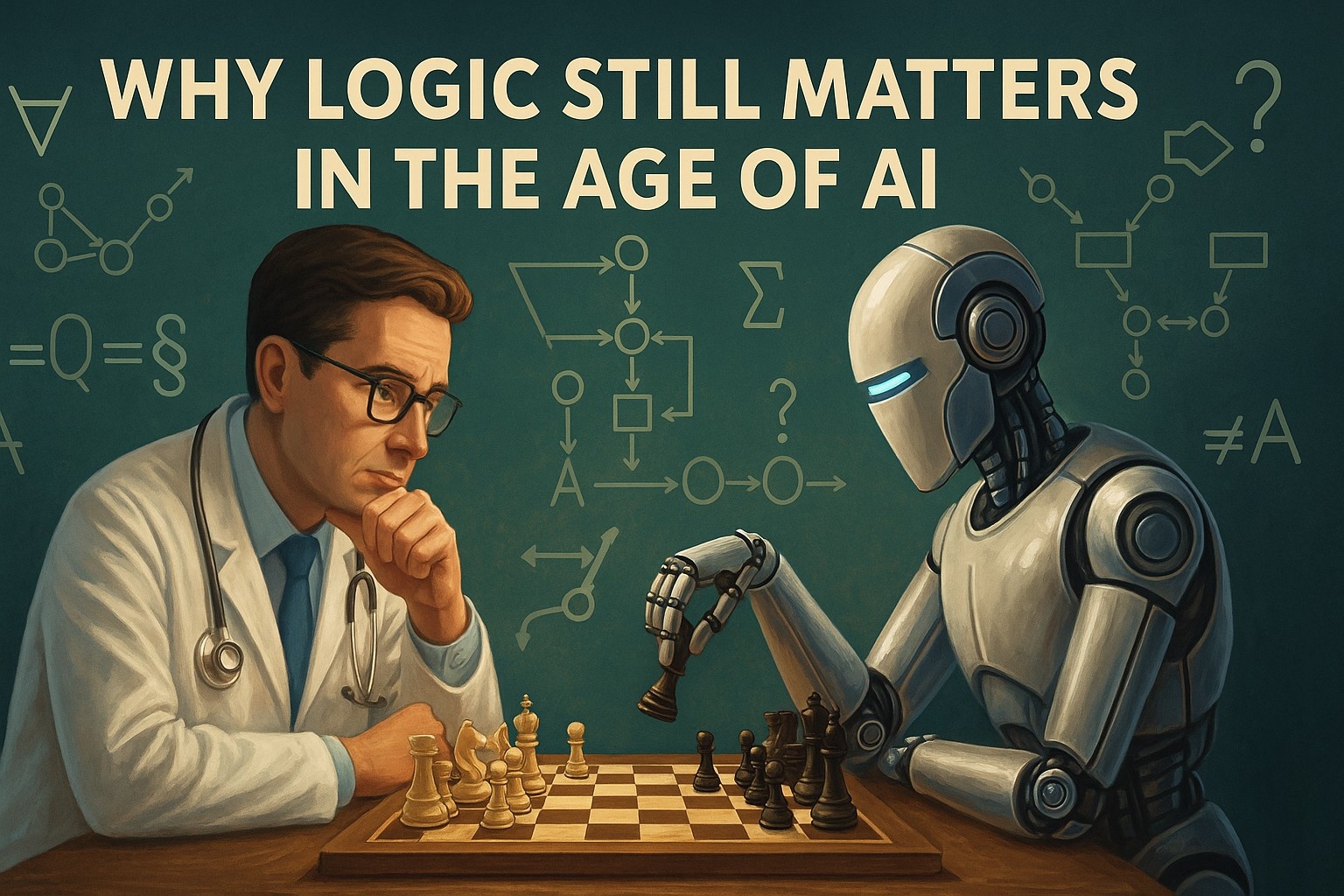
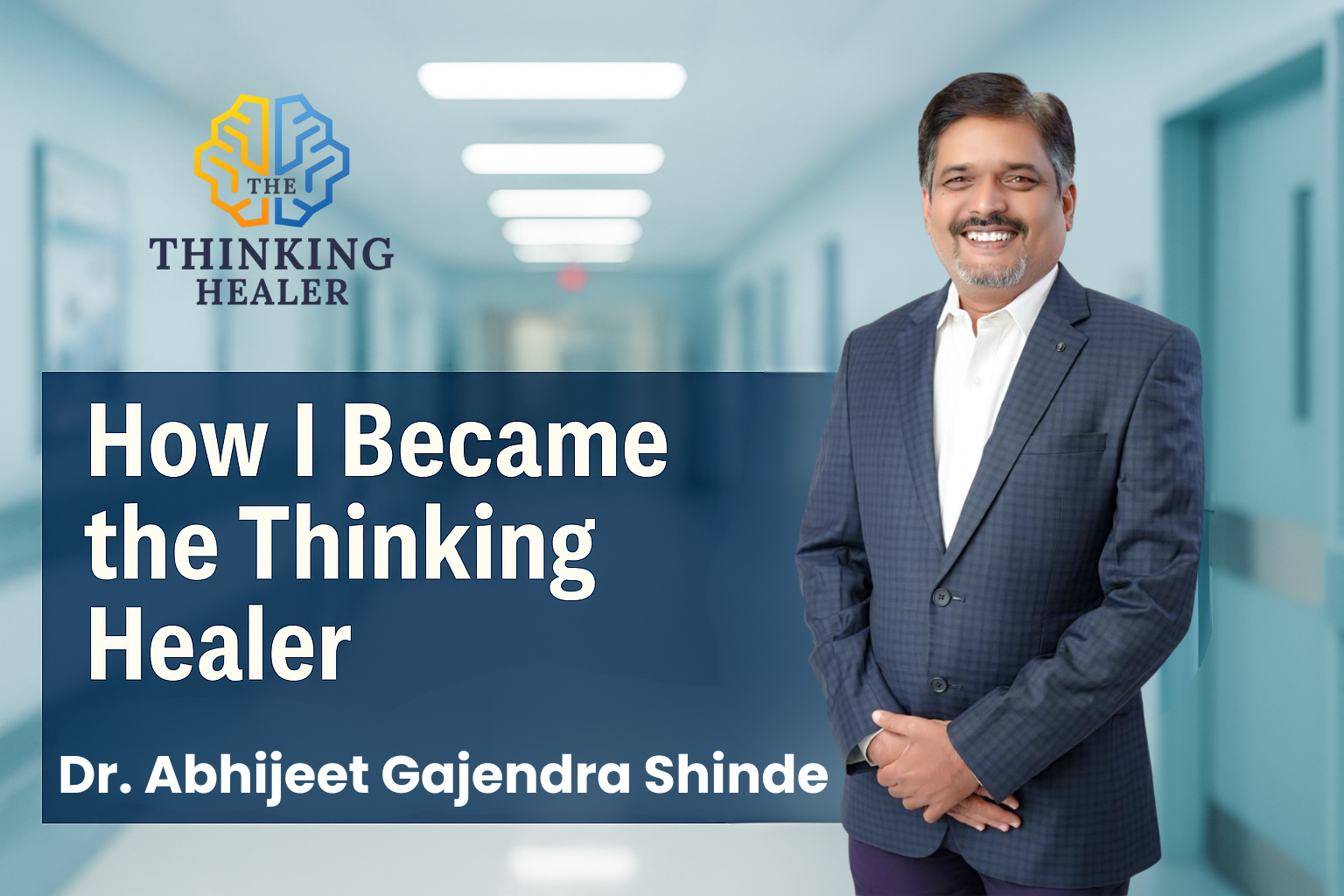
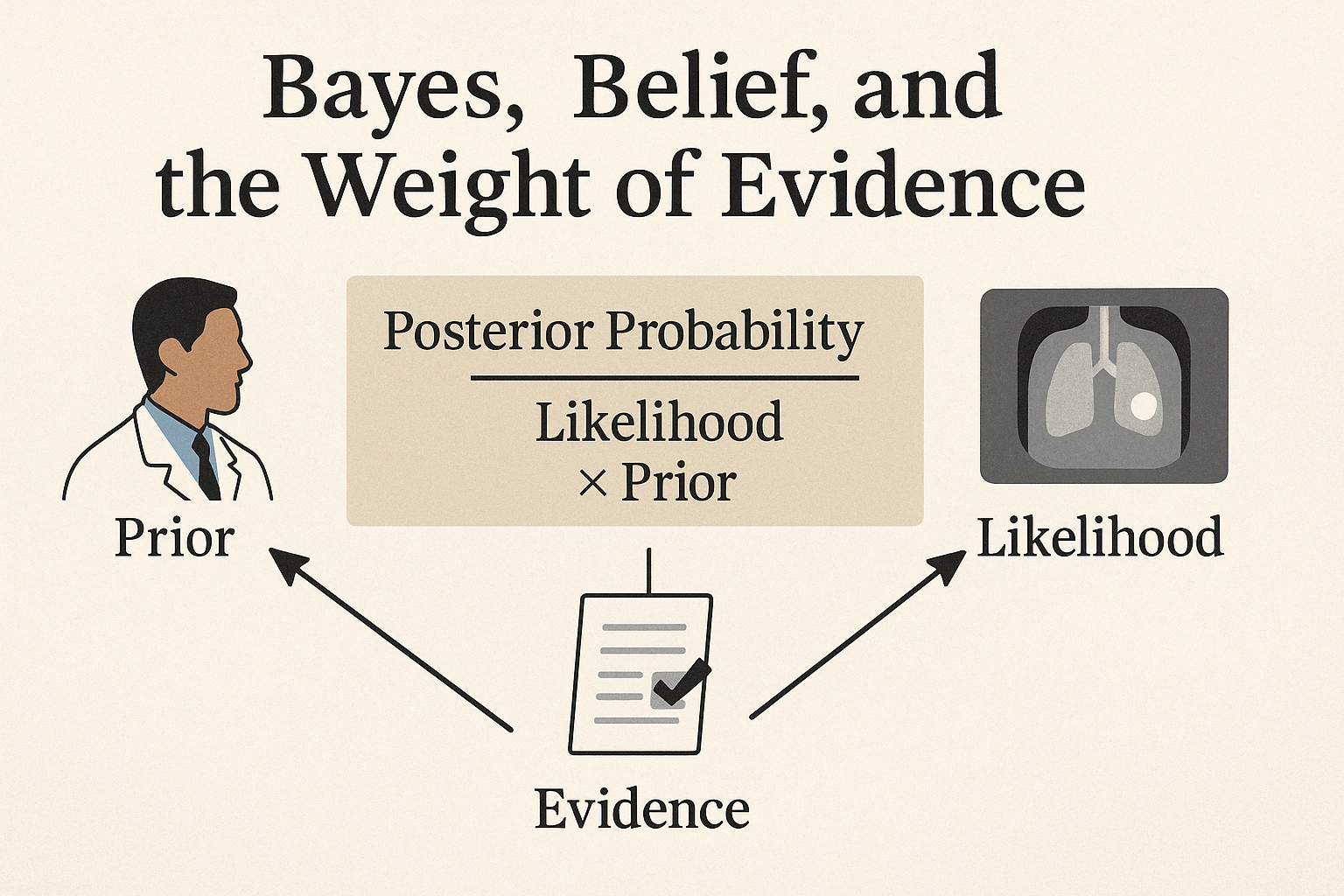


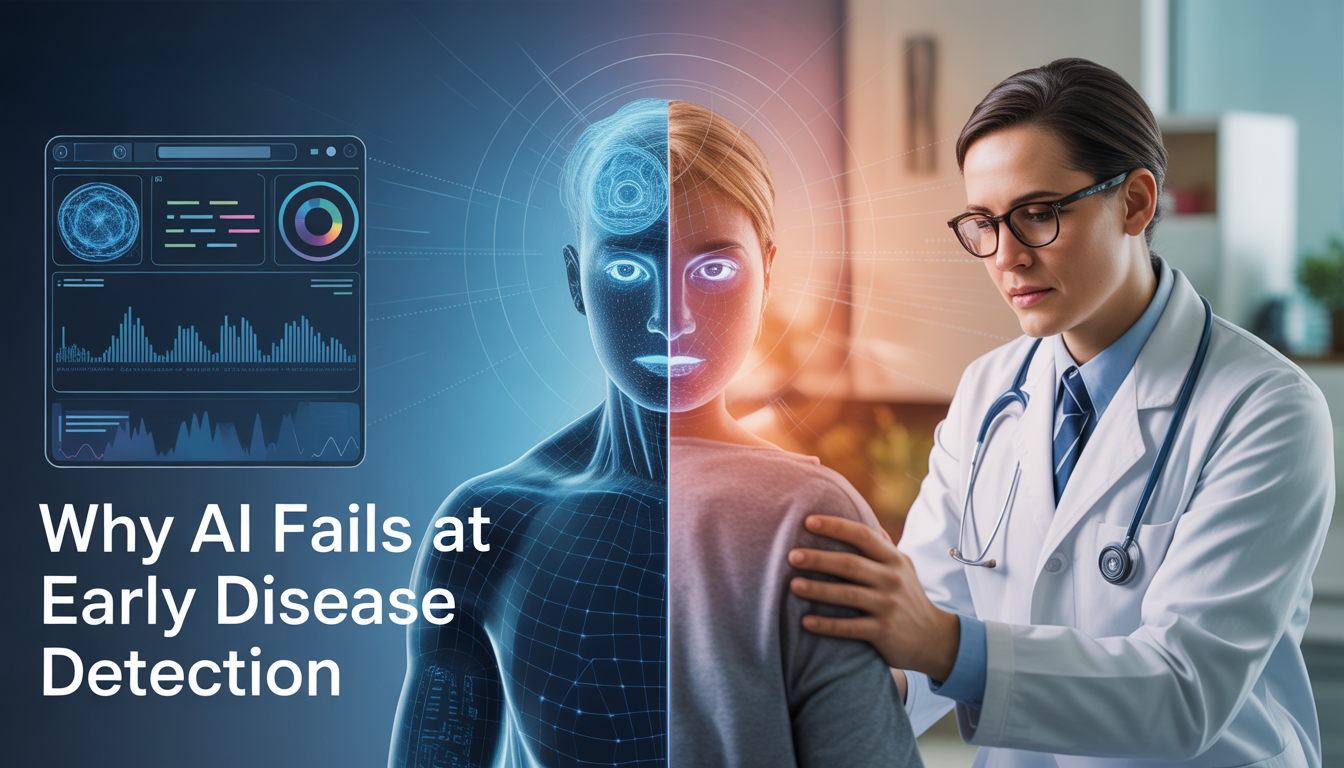
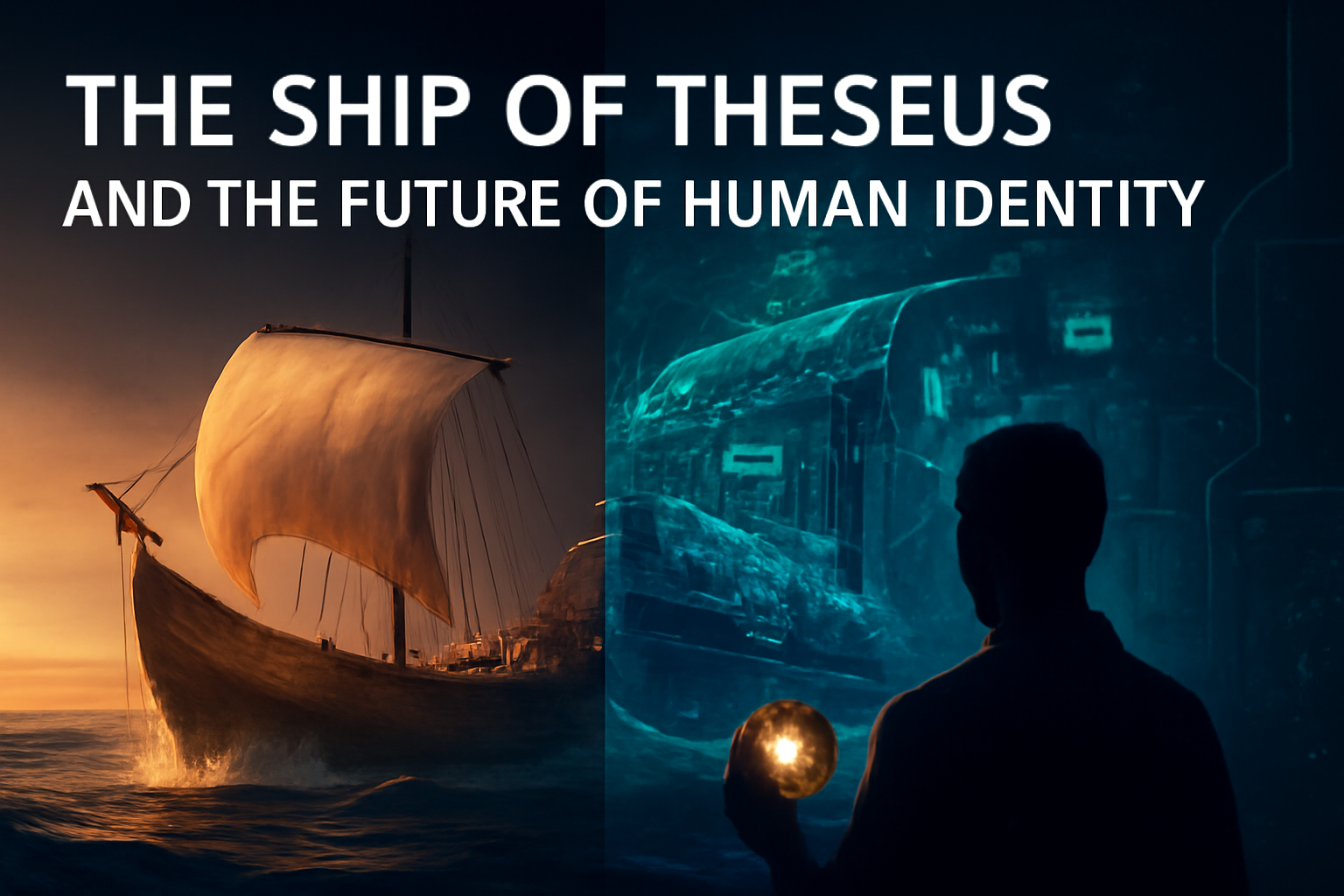
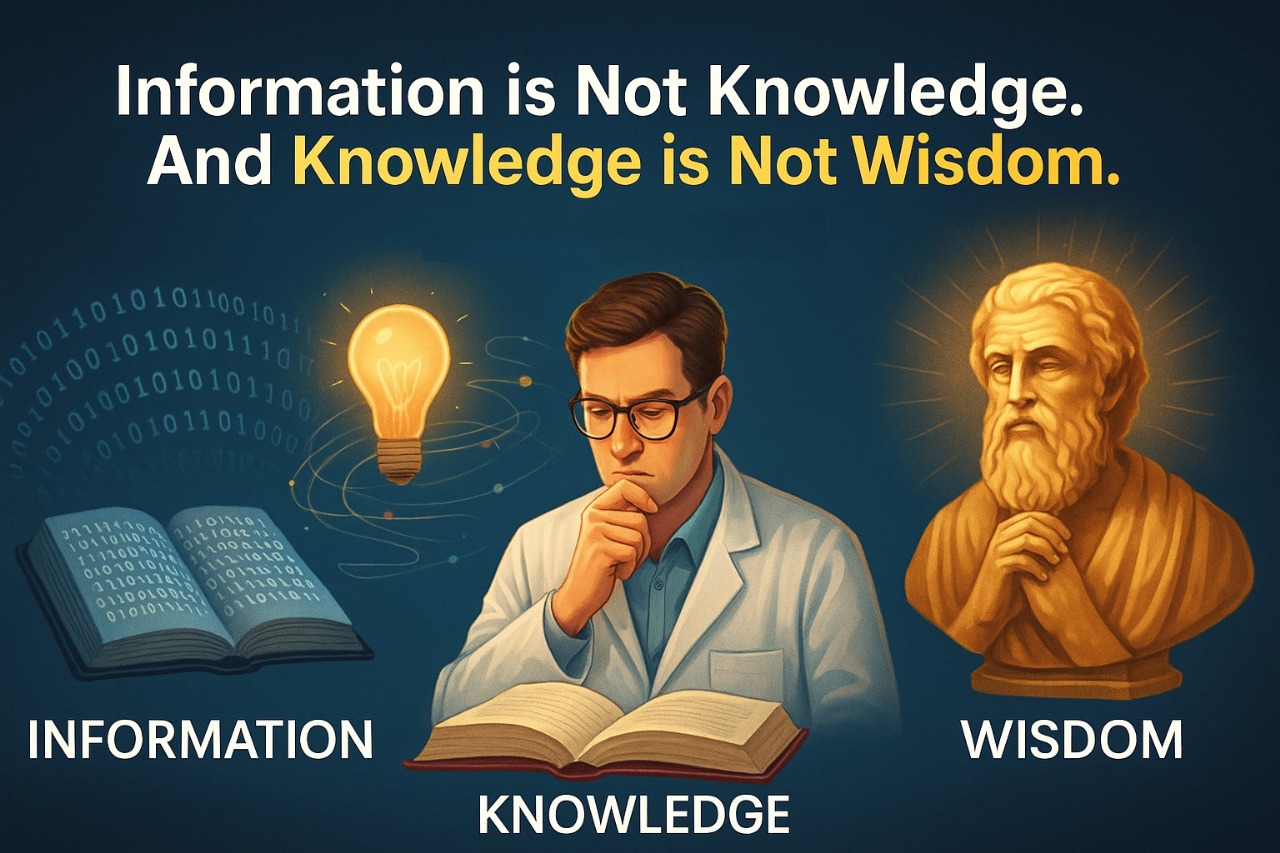

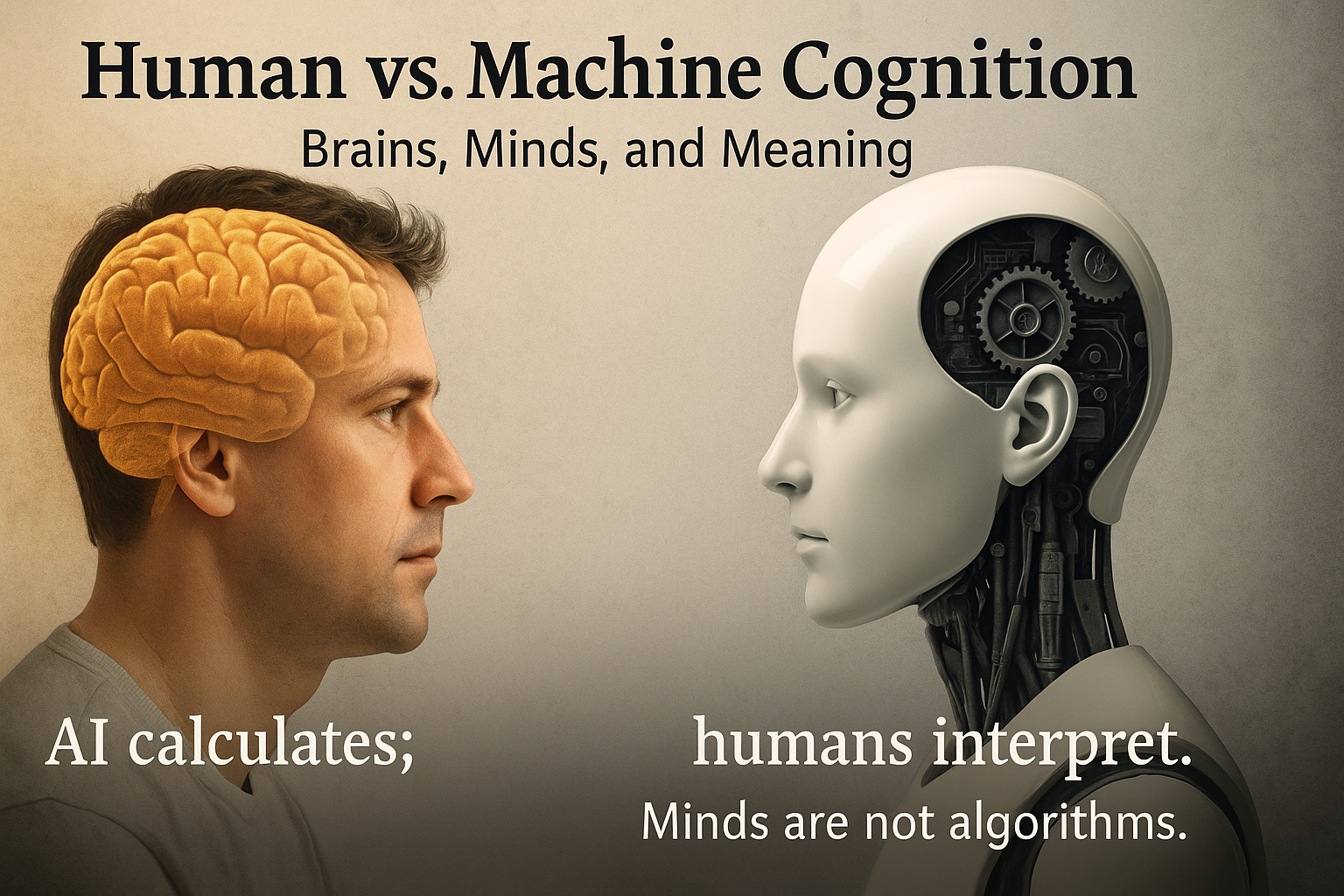
Leave a Reply